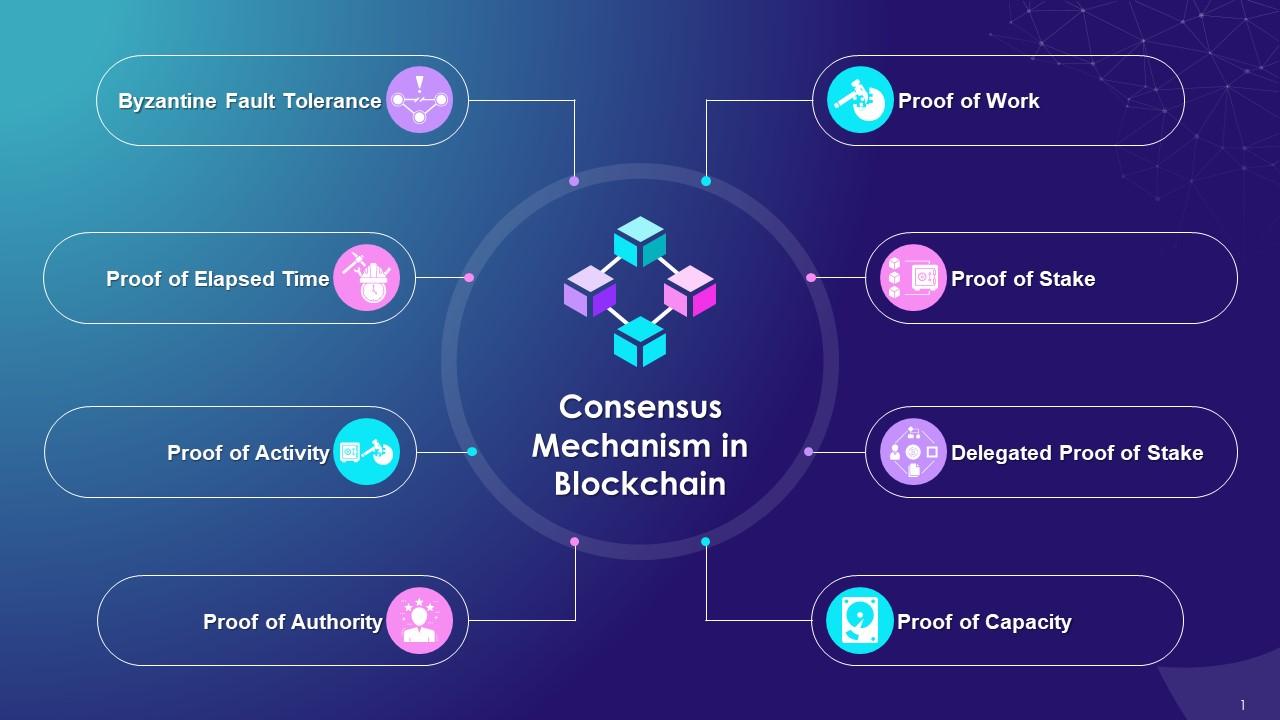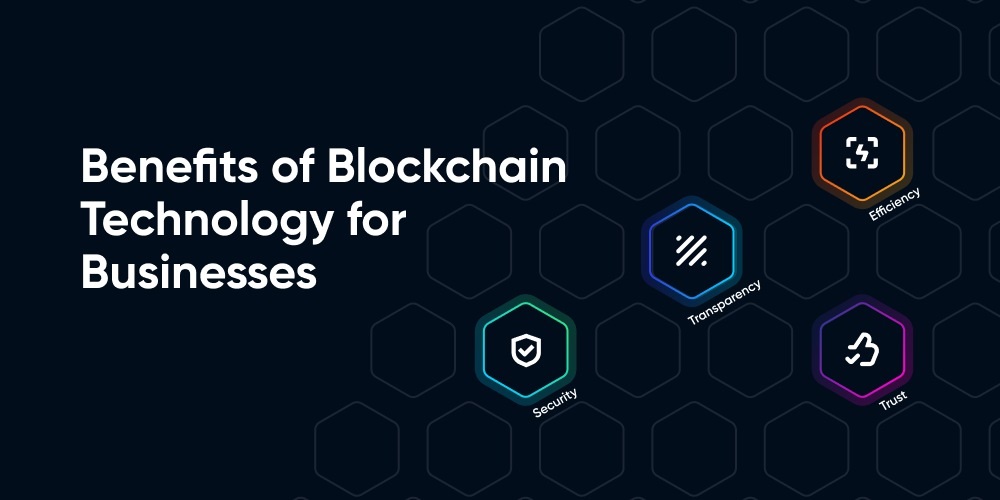The Impact of Security: Unlocking Blockchain’s Mass Market Potential
Digital dollars flood into blockchain daily. With so much at stake, the impact of security on widespread blockchain adoption stands tall as the make-or-break factor. I’ve seen it firsthand—the fear in people’s eyes when they hear about a hack or the confusion when terms like ‘encryption’ are thrown around. Simple truth? Without rock-solid security, blockchain’s future hangs by a thread. So, let’s crack open this puzzle and see how we can make it bulletproof.
Understanding the Landscape of Blockchain Security
Exploring Blockchain Technology Security and Vulnerabilities
Blockchain is like a digital ledger. It holds tons of data securely. Many think it’s safe, but it can be attacked. Security means keeping data safe from hackers. Blockchain uses hard math problems to protect data. But sometimes there are weak spots, like in code or how people use it.
When someone finds a flaw, it’s called a blockchain vulnerability. Hackers love these. They can steal data or money. People work hard to find and fix these flaws fast. When we find and fix flaws, blockchain gets safer.
To keep your crypto money safe, wallets need strong security. Smart people make these wallets safer. They do this by checking the code and making better locks for your digital money.
Recognizing Decentralized Network Risks and Blockchain Hacking Incidents
In a blockchain, many computers work together. They share the job of keeping the ledger up to date. This is called a decentralized network. It sounds safe because it’s not just one computer. But hackers try to cheat the system.
Bad guys have sneaked into blockchains before. They take money or mess up the data. These are blockchain hacking incidents. When this happens, people are scared to use blockchain. They worry about losing money.
People fight hackers by watching the network. They use security best practices. This means they are always checking and improving security. Even the best need rules. Blockchain security standards are like rules for keeping a blockchain safe.
Hackers never stop, so people protecting blockchains can’t stop either. They always find new ways to keep ahead of attacks. They make blockchains tough to break. This helps people trust blockchain more. When people trust it, they use it more. And that’s good for everyone.
People also check blockchains to find weak spots. This is a blockchain security audit. It’s like a health check-up for the blockchain. After checking, they fix problems. This keeps the blockchain healthy.
In short, keeping blockchain safe takes a team. They keep an eye out for risks. They work to fix problems quick. And they make new ways to block hackers. This helps everyone trust blockchain. With trust, blockchain can grow big and strong.
Securing blockchain is tough, but worth it. We want a safe space for our digital stuff. As a blockchain security expert, I know the ropes. I’ve seen how these risks can scare folks. That’s why I make sure I’m always on guard. I check and double-check everything.
Protecting blockchain is like being a superhero. We fight the bad guys off to keep the world safe. We want your data and money safe on the blockchain. That’s what I work for every day. And this work helps more people feel okay to use blockchain. When people feel safe, they jump in. This could make blockchain used by everyone, everywhere. And that’s the goal.
Fortifying Crypto Platforms: Best Practices and Security Measures
Importance of Smart Contract Security and Public Ledger Protection
When we use blockchain, we trust it with our data. But what makes it safe? Smart contract security is key. It keeps deals on the blockchain honest and fair. Every user must be sure that no one can mess with these contracts.
Imagine a vault. This vault holds precious info. We call it the public ledger. This ledger must stay safe. It’s where all the blockchain magic happens. We use special techniques to lock this vault tight. It is vital to keep it out of the wrong hands.
How do we protect it? With layers of security. We have rules and checks in place. They make sure no one can change the ledger wrongfully. This is crucial for trust in blockchain.
Enhancing Trust with Secure Blockchain Platforms and Consensus Algorithms
Blockchains must earn our trust. So, they need to be rock solid. How do they gain this trust? By proving every transaction is for real. They do this through consensus algorithms. In simple terms, these are rules to agree on what’s true.
These algorithms are like a group decision. They check every move on the blockchain. Only true moves get the green light. False ones get the boot. This way, everyone knows the game is fair.
If a blockchain is strong, more people will use it. It’s like a bank. You wouldn’t use a bank you didn’t trust, right? The same goes for blockchain. Strong security leads to bigger crowds trusting and using it.
These are the best moves for safe blockchain:
- We run security checks often. This way, we find weak spots before bad guys do.
- We teach users how to stay safe, like using tough passwords.
- The code that runs the blockchain is always getting better, staying a step ahead of hackers.
- We follow rules to keep privacy and safety in check.
With these steps, blockchains will be safer. More trust means more users. And more users lead to a future where blockchains are a big deal in our daily lives.
Compliance, Audits, and Scalability: Building a Safer Blockchain
Navigating Blockchain Regulation and Compliance for Adoption
We all want to keep our money safe, right? Well, blockchain technology security is key. To make folks comfy, we need rules. These rules make sure blockchain works right and is safe for everyone. Now, this is a big deal. It makes people trust it more. Trust is a must if more people are going to use blockchain.
The Role of Blockchain Security Audits and Scalability Concerns
Have you heard of a security audit? It’s like a health check for blockchain. Experts come in to find any weak spots. Think of it as a detective looking for clues. They make sure everything is tip-top. This helps stop bad guys from sneaking in. Safety first!
But wait, there’s more! We also want blockchain to grow, right? This is called scalability. When more people use it, it needs to stay strong and not slow down. Just like a road handles more cars. If blockchain can handle that, everyone wins. We get a safe, fast system that’s ready for the big time!
So, we work hard to fix any blockchain vulnerabilities. This means staying ahead of the game. We make sure those security audits are done and done right. This keeps your stuff safe and the whole system runs smooth.
Using blockchain can be a bit scary. You might be asking, “what if something goes wrong?” I get it. We all get nervous about new tech. But remember, folks are working non-stop on this. They’re finding ways to keep those sneaky hackers out. And they’re making sure it can handle lots of people jumping in.
In the end, making blockchain safe and ready for more people matters a lot. If we do it right, we’ll see it helping in all sorts of places. From the stores we shop at to the places we work. A safe blockchain can change the game for everyone. And I’m here for it!
The Future of Blockchain Security: Innovations and Challenges
Addressing Quantum Computing Threats and Cross-Chain Protocols
Let’s chat about blockchain and safety. Picture a big online ledger. That’s the blockchain. It’s where all crypto deals live. But, bad folks, they’re always snooping around. They want to break in and take stuff, like your crypto coins.
Everyone wants their stuff safe, right? So, we work hard to keep these ledgers like fortresses. But challenges never stop. Especially with quantum computers on the rise. These mega-machines could, one day, crack codes we thought were unbreakable. Sounds scary, I know. But don’t worry! Bright minds across the globe are on it, solving these puzzles before they become real problems.
Now, there are many types of blockchains. They all need to talk to each other. That’s where cross-chain protocols come in. Think of them as special bridges connecting islands of blockchains. With solid bridges, we can move assets safely and quickly. Yet, if these bridges aren’t strong, thieves could sneak in. Safety on these paths is mega-important!
Ensuring Blockchain Security for Financial Sector and Businesses
Banks and businesses, they’re all watching blockchain closely. Why? Because it can move money fast and without much cost. But, they’ll only jump in if it’s as safe as a vault. This is where I focus my brainpower. I make sure every deal on the blockchain is locked tight.
Now, imagine you’re signing a digital contract—a smart contract. It’s got to follow the rules without a hitch, making sure everyone plays fair. But even smart contracts can have weak spots. We find them and fix them quick, so you can trust that handshake deal is solid.
And then, there’s the trust thing. How do you know blockchain is safe? Think of it like building trust with a new friend. It takes time, and you’ve got to see they mean business. We use super-strong codes—cryptographic security measures—to show that blockchain won’t spill your secrets. That’s how trust grows.
For businesses, using blockchain is like unlocking a new level in a game. But with every level, you need better armor. That’s where blockchain security standards kick in. We’ve got our rule book with do’s and don’ts, making sure no one can poke holes in the network.
We do regular check-ups—audits—to find any slip-ups in the system. It’s like going to the doctor for a health check. We want to catch any bugs early, so they can’t cause trouble later. This keeps everything running smooth.
And remember, not all blockchains are in the public eye. Some are like secret clubs—private blockchains. They’ve got extra locks on the door and are picky about who gets in. This can be great for businesses that want extra privacy.
As the blockchain world keeps growing, we’ve got our work cut out. But it’s exciting stuff, honestly. Making sure every crypto wallet stays safe, polishing up the best practices, and gearing up for whatever’s next—that’s what keeps me up at night. In a good way, though, because when blockchain is safer, it’s ready for everyone to join in. And that’s the end goal, right? To let everyone in on this fantastic tech without fretting over security. That’s the dream we’re working towards.
In this post, we’ve dug into blockchain security, seeing how it stands up against hackers and risks. We’ve looked at how vital it is to protect smart contracts and keep public ledgers safe. We know now why tight security on blockchain platforms helps us all trust them more.
We also dived into how laws and checks help blockchain stay on the good side. We’ve seen how audits and being able to handle more transactions make blockchain stronger.
Looking ahead, we’ve got to stay sharp as new threats like quantum computing come up. But we’re also excited to see how new tech will make blockchain even safer for money and businesses.
So there you go – blockchain’s safe, but it’s a team effort to keep it that way. Let’s stay smart and keep our blocks locked down tight!
Q&A :
How does security influence the adoption of blockchain technology?
Security plays a crucial role in blockchain technology’s acceptance and implementation. Robust security measures are essential to build trust and confidence among potential users and stakeholders. Secure blockchain systems can help in reducing fraud, enhancing privacy, and providing transparent transactions, paving the way for broader adoption across various industries.
What security concerns are hindering the widespread adoption of blockchain?
While blockchain is inherently secure due to its decentralized nature and cryptographic fundamentals, concerns still persist about potential vulnerabilities. These include the risk of a 51% attack, smart contract flaws, and the secure management of private keys. Addressing these concerns is vital to increase blockchain’s appeal and utility for the general public and enterprises.
Can enhancing blockchain security accelerate its widespread adoption?
Yes, improving the security of blockchain platforms can significantly accelerate their adoption. Fostering a more secure environment reassures users, businesses, and regulatory bodies, making the technology more attractive for mainstream and commercial uses. Enhancements such as quantum-resistant encryption and advanced consensus protocols contribute to this acceleration.
How are regulatory bodies impacting blockchain adoption through security requirements?
Regulatory bodies influence blockchain adoption by setting security standards that projects must adhere to. These regulatory frameworks aim to protect users and ensure the stability of financial systems, which can either encourage the use of blockchain by instilling a sense of safety or hinder its adoption if the regulations are too stringent or unclear.
What advancements are being made to address security issues in blockchain?
The blockchain community is continuously making strides to improve security through various means. Innovations include layer-two solutions for enhanced transaction security, evolving encryption methods to protect against quantum attacks, and improved smart contract auditing processes. These developments are integral to strengthening the overall security posture of blockchain networks.




RELATED POSTS
Challenges of Blockchain: Can It Truly Prevent Voter Fraud?
Challenges of using blockchain for...
Examples of blockchain transparency in action: Unveiling Impact
Examples of blockchain transparency in...
Popular Blockchain Security Audit Companies: Unveiling Industry Watchdogs
Discover the leading blockchain security...
Distributed Ledger Technology vs Blockchain – A Comparative Analysis
Have you ever wondered about...
Identity Management and Compliance Solutions: Navigating the Maze of Modern Security
Identity management and compliance solutions...
Blockchain Breakthrough: Blockchain In Supply Chain Management
Enhance supply chain management with...
Blockchain Security Audit Reports: Safeguard Your Digital Assets Now
Get expert insights on blockchain...
Unveiling the Mystery: How Does Blockchain Work and Why It Matters
How does blockchain work? Demystifying...
Blockchain Revolution: Securing Your Future with Verified Educational Credentials
Explore how blockchain revolutionizes educational...
What is polygon crypto – The Layer 2 Solution for Ethereum
What is polygon crypto? It...
Security Drafted: How Blockchain Companies Are Reinventing Safety Standards
Protect Decentralized Networks with Secure...
Security Risks in DeFi: Is Your Crypto Safe from Attack?
Understanding DeFi's security risks &...
Unveiling Cryptocurrency’s New Frontier: What is NFT?
What is NFT cryptocurrency? Learn...
Cryptocurrency Demystified: Unlocking the Digital Currency Enigma
"Understanding the basics of cryptocurrency,...
Comedian Airdrop – Token BAN Leads the Memecoin Trend
In the world of memecoins,...
Blockchain Breakthroughs: Specific examples of future blockchain use cases
Revolutionize Financial Operations with Blockchain:...